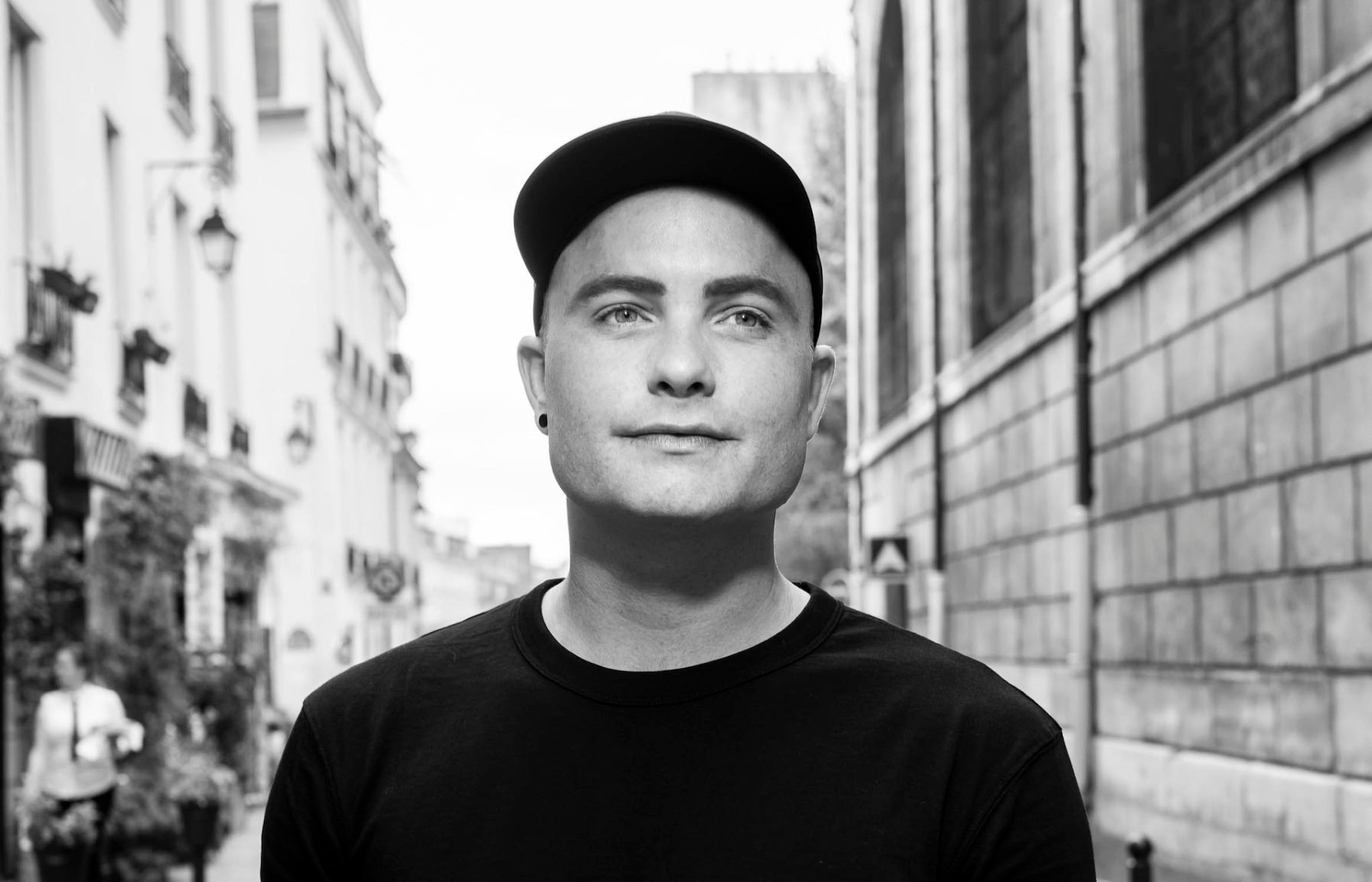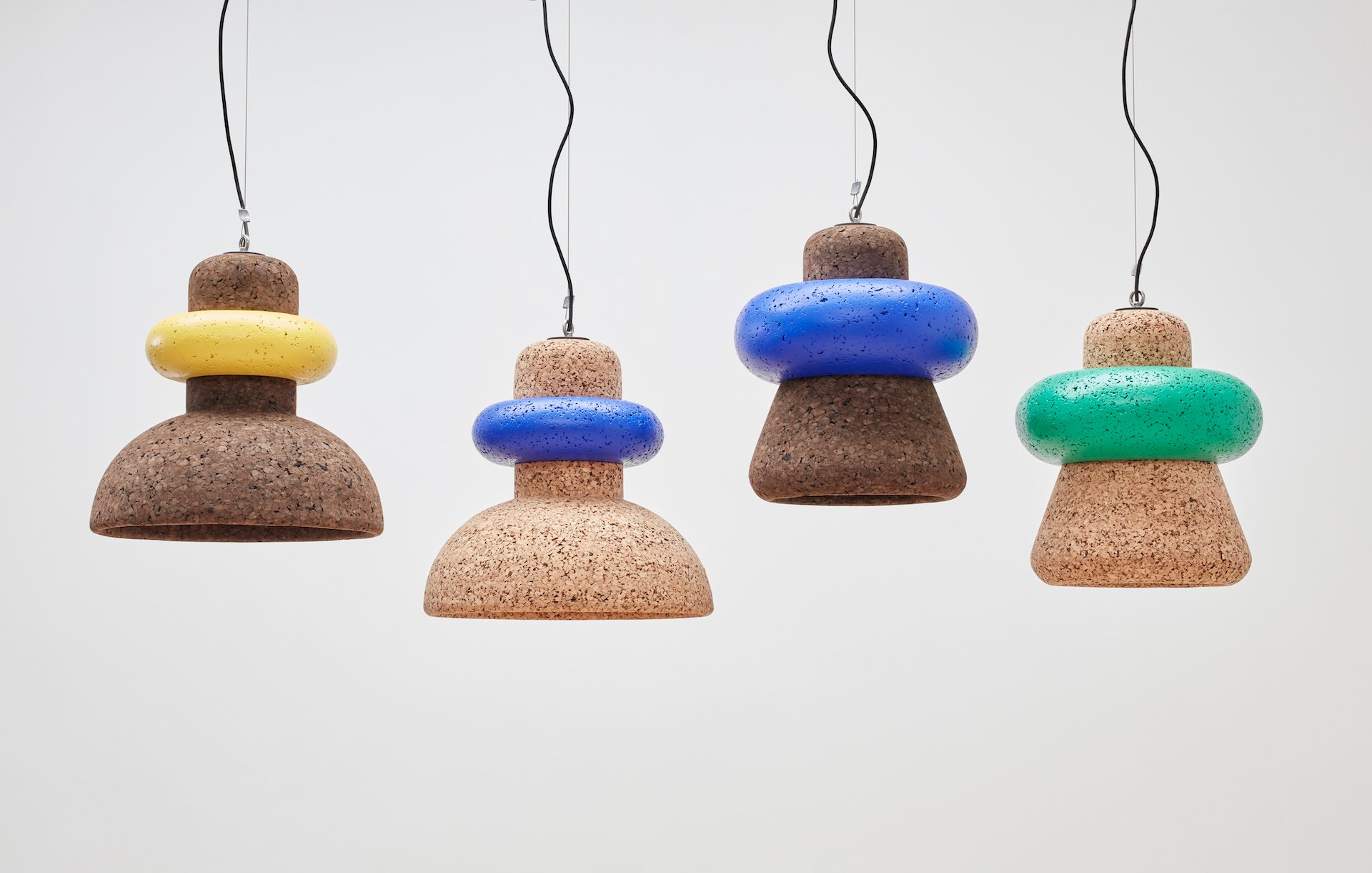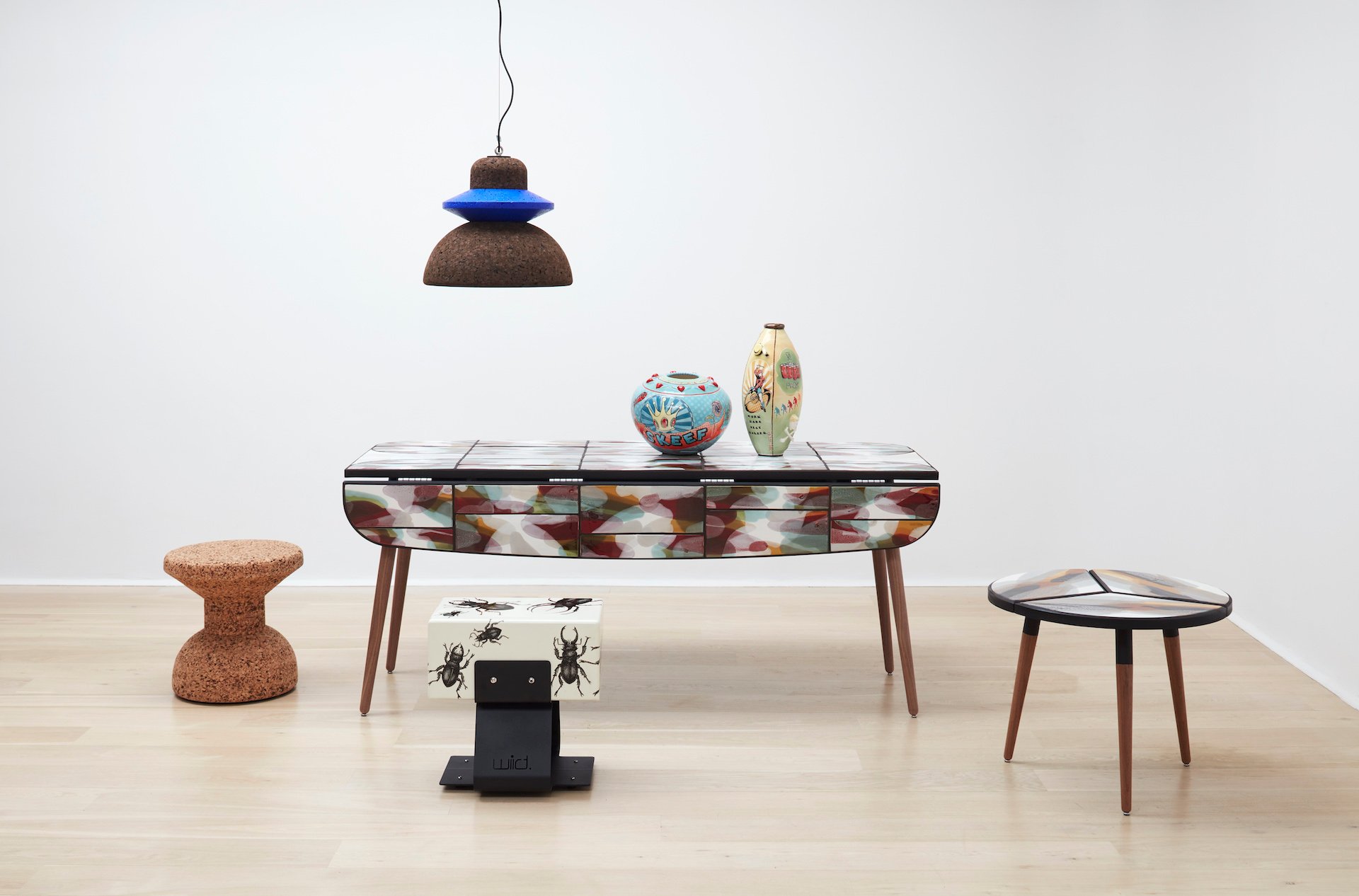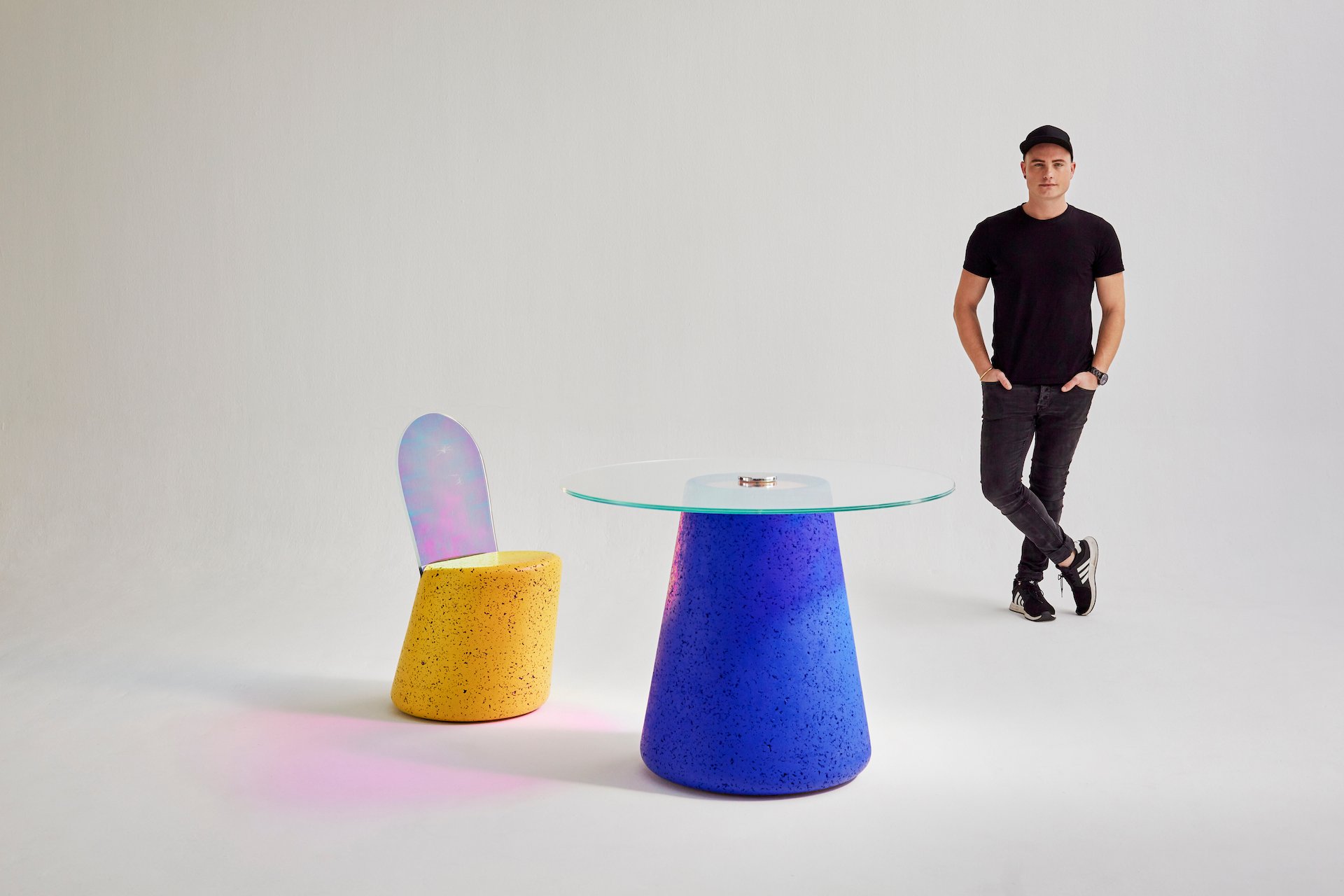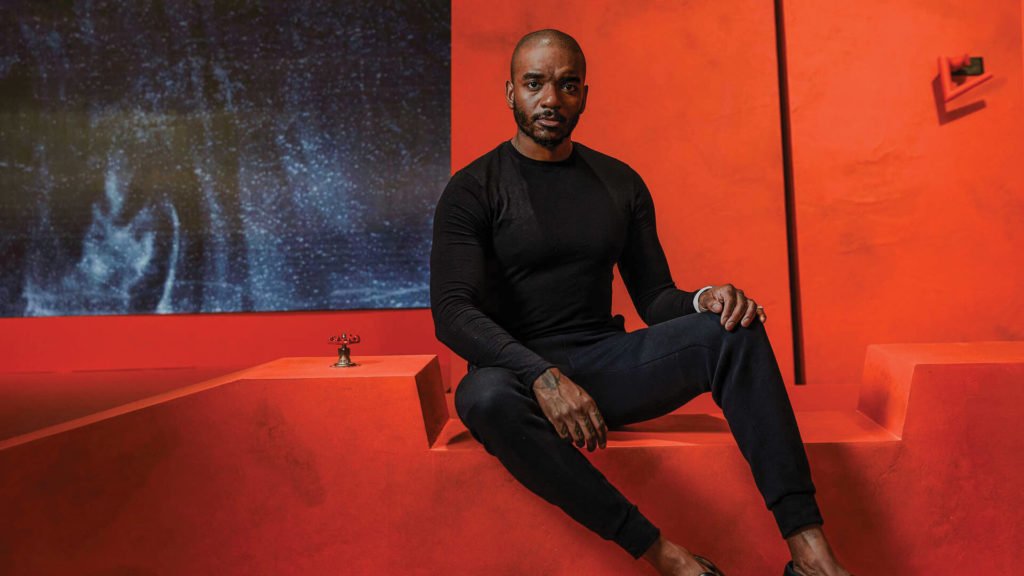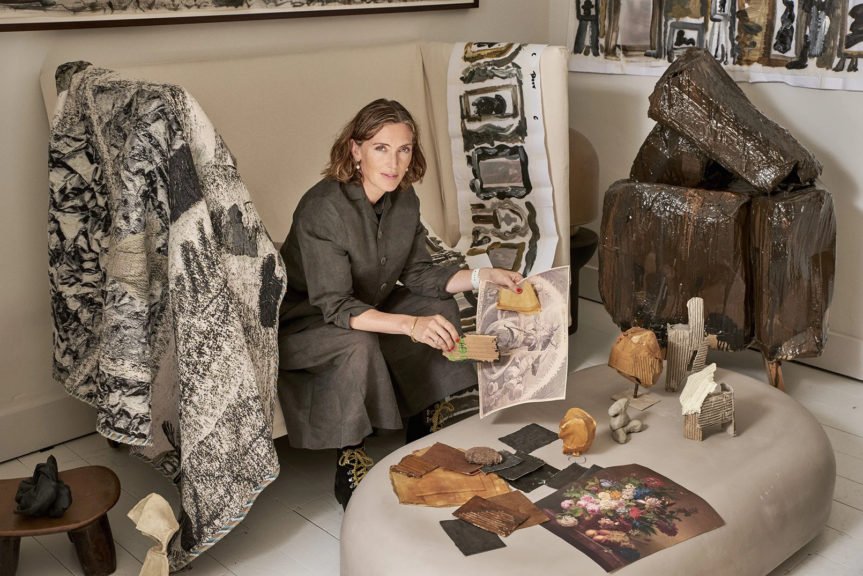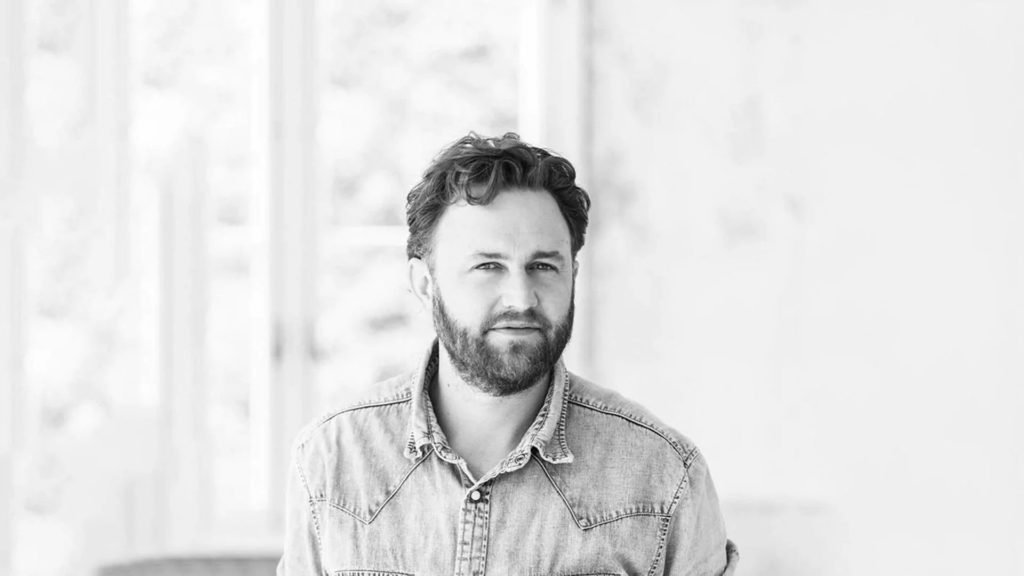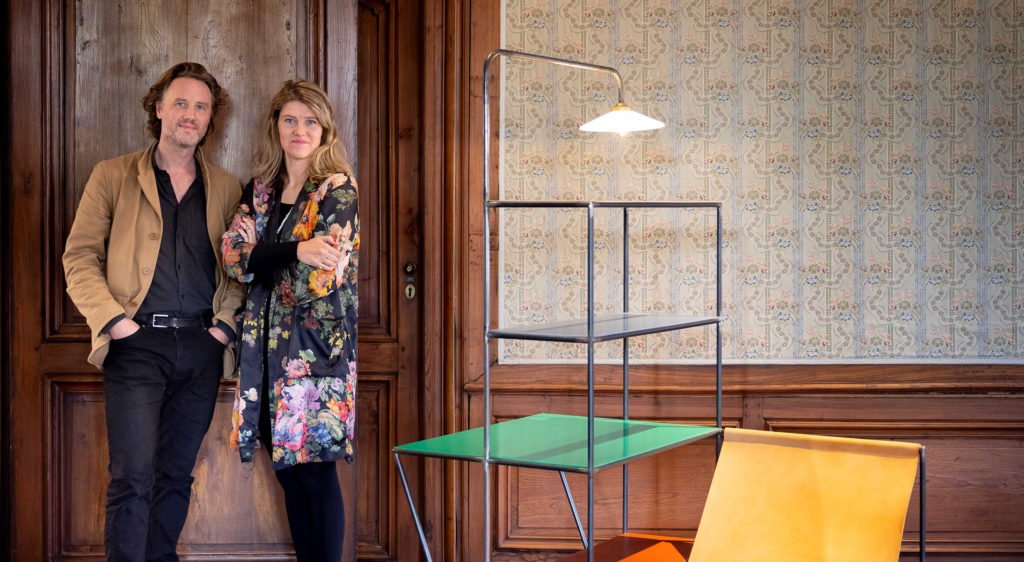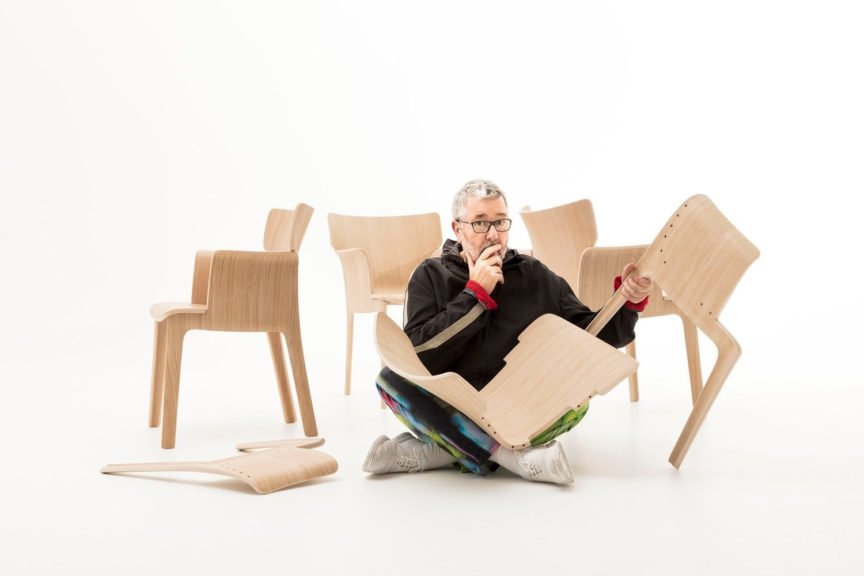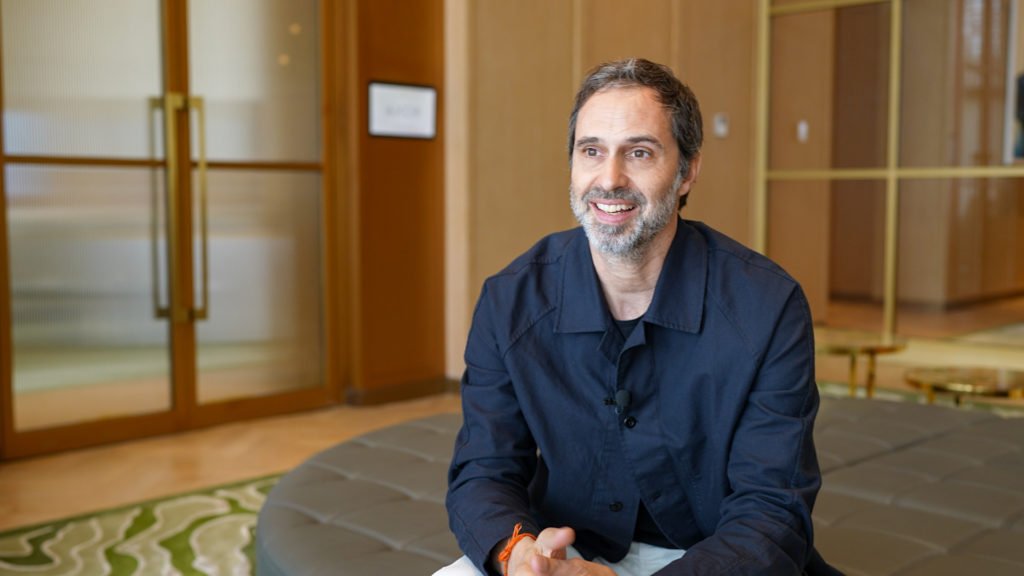Love That Design chats with Cape Town based designer, Laurie Wiid of Wiid Design, whose furniture and products defy conventionalism. Laurie takes risks and experiments with materials, creating exciting, and often thought provoking pieces that have gained global recognition.
A collaborative and experimental furniture and product designer, Laurie Wiid van Heerden of Wiid Design seamlessly combines time-honoured craftsmanship with avant garde aesthetics and cutting-edge technology to push the envelope and develop exciting, thought-provoking designs. Innovative in his material use and his manufacturing techniques, as well as dedicated to traditional skills, his pieces speak to a new breed of design aficionados and collectors who want functional yet aesthetic conversation pieces in their home or workspace.
How did your career path steer towards design?
In 2007 I started my studies in industrial design at the Cape Peninsula University of Technology. After about six months I decided to venture into the practical side of things, as opposed to pursuing a formal tertiary education. At that stage I began an apprenticeship under Otto du Plessis and Charles Haupt at Bronze Age Foundry, which taught me valuable skills technically and professionally. I also apprenticed as a carpenter for a few years, working closely with leading South African sculptor, Wim Botha, as his assistant, during which time I started designing and manufacturing my own ceramics and furniture, and collaborating more with fellow creatives.
My career began to take shape when I first designed our signature benches, which feature a unique steel leg. These became popular and were exhibited at Design Days Dubai and Design Miami. The first in my ongoing series of one-off benches, Untitled (after W.B.), is based on the techniques I learnt while working for Botha. Because of my studio’s polymathic approach, I have gone on to design a number of other benches in various materials, including terrazzo, Finnish Birch ply, concrete, salvaged antique timber beams, and mild steel finished with automotive paint.
“Try and surround yourself with people you look up to, people who have good values, and are true to themselves and their work. There’s no need to follow trends or to be pretentious about who you are or what you want to create. The industry can be intimidating, but everyone had to start somewhere.”
– Laurie Wiid van Heerden of Wiid Design
However, my career truly started to blossom, however, when I discovered a unique, natural and sustainable material, a material I could transform and make my own. I started experimenting with cork back in 2010 – it took a lot of time to learn how the material works and to understand its properties. Joaquim Sá, the Managing Director of Amorim Cork in South Africa has always been a wonderful supporter of my work and from the very start, his involvement allowed me to better understand the medium. I quickly realised its wonderful properties and manufacturing capabilities, and it became evident that I wanted to place my focus on cork and make it one of our core materials.
An important motivational factor was to innovate and add value to this material on an international level. We had to create awareness and push the boundaries, and in doing so, we achieved a number of world ‘firsts’, including the world’s largest cork pendant light and cork cabinet.
Any particularly challenging design?
Products like our first cork collection, ‘Corkabitation’, posed many challenges, as did our outdoor terrazzo and cork collection, and our large cork pendant lights certainly generated a lot of excitement.
If I had to choose one design though, it would be the Lineage Cabinet. This piece was indeed a challenge, designed to be a one-off signature piece where we could showcase the true capabilities of cork in combination with steel, therefore creating a product that pushes the boundaries of scale and material usage. Hand-painted by renowned South African artist, Lionel Smit, everything is custom on this particular piece.
What are you working on at the moment?
We are always working on custom products for clients. This keeps us very busy on a day-to-day basis. Currently we are developing smaller product collections that are more suitable for the general consumer market – a range that will include desk lights, planters, kitchenware and furniture items.
We are also busy developing custom products for international Nando’s stores, including more high-end product collections that can be exhibited at international design fairs.
Outdoor product collections, where we incorporate our signature dark outdoor grade cork in combination with natural stone and steel, will also form part of our new product offering for late 2021 and 2022.
How would you describe your design style?
This question is always difficult to answer, as I feel it must be answered by an external party. Sometimes it’s difficult to step back and look at what has been created. The design process is a natural process for me, where I can express my personality and obsession with detail in my work.
It’s important that my products incorporate unique and original, honest, sustainable, tactile and natural elements. I love collectibles and collaborating with other designers and artists, creating pieces that transform materials into life-enriching and durable objets d’art.
What are your sources for inspiration?
We try to focus on extensive research and doing many drawings. Sometimes research can also be done by looking at completely different sources. Inspiration can be found from nature, fellow clients or simple and small objects. Meetings and brainstorming sessions with artists or collaborators can also spark a new product or collection.
While in this day and age, it’s almost impossible to not be influenced by external sources, I try not to source inspiration from design blogs or websites as I find that this can affect the originality of concepts. It’s important for me to know that whatever is created in my studio has been well thought through and must be original.
If not a designer, what would you be?
I would love to work with plants, perhaps have my own nursery or specialise in growing specialist species. I have always been fascinated by conservatories, where rare species of plants can be grown and cultivated.
If you could design anything without constraints?
Large sculptural pieces that can be showcased in public spaces and museums around the world. I especially love our outdoor birdhouse and have always wanted to take this concept further.
“It’s important that my products incorporate unique and original, honest, sustainable, tactile and natural elements.”
– Laurie Wiid van Heerden of Wiid Design
What is the best advice you have ever received? And alternatively, what would be the most important advice you would give aspiring designers?
Advice that I have received? “Work hard, stay humble, be kind, give back, and the rest will fall in place.” And my advice would be to try and surround yourself with people you look up to, people who have good values, and are true to themselves and their work. There’s no need to follow trends or to be pretentious about who you are or what you want to create. The industry can be intimidating, but everyone had to start somewhere.
Lastly, how would you describe yourself? Who is Laurie Wiid?
I am a collector of plants, especially cacti. I love to plant and display ornamentals in beautiful ceramic pots. I am very fond of animals and have a wonderful vizsla dog and two cats.
Some of my hobbies include collecting antiques and art. I also love interior design and have assisted a few clients in the past. I do my own interiors at home and the studio, where things are constantly changing on a weekly basis.
Overall, I am quite a private person, and I prefer spending time at work or at the studio with my partner, friends and family.

